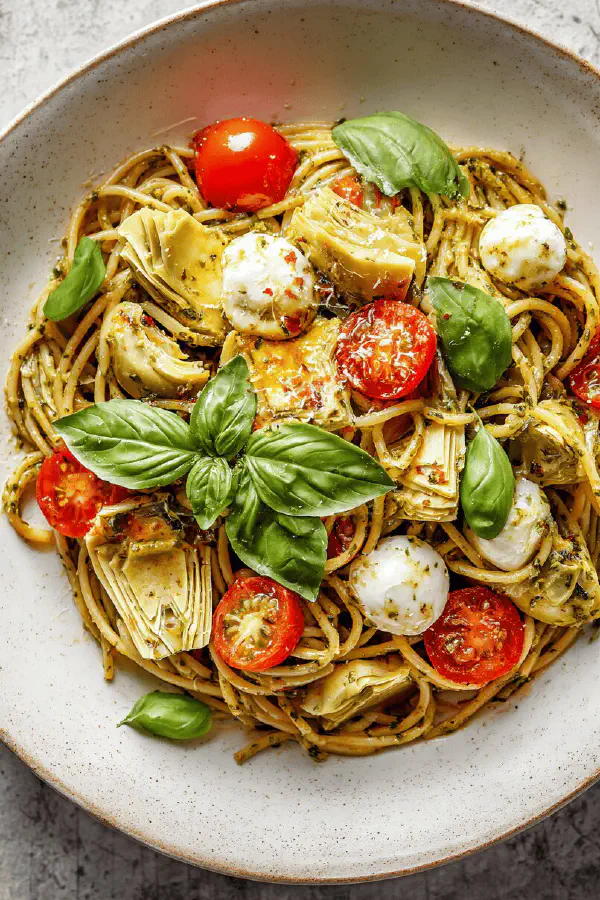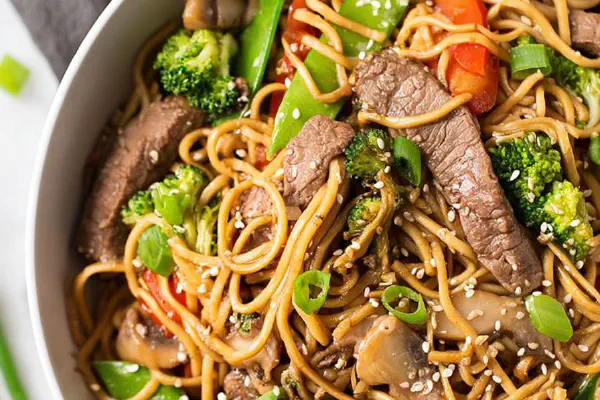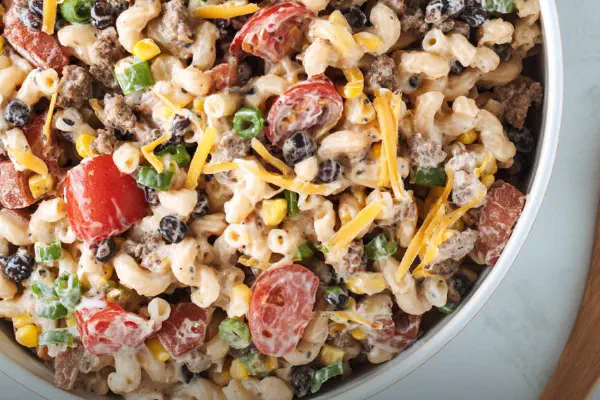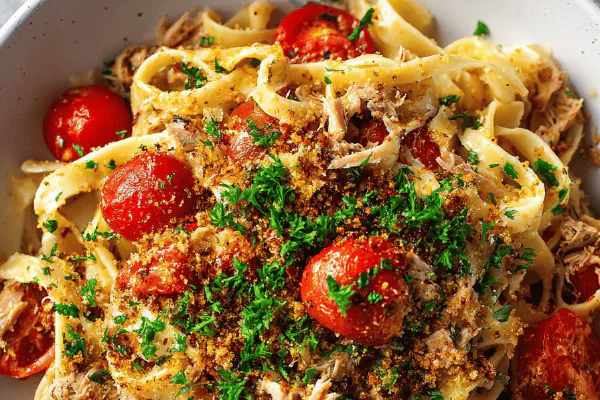Featured Recipe
Spaghetti with Pesto Artichokes

By Kate
"
Pasta tossed with modified pesto, artichoke hearts, cherry tomatoes, and bocconcini. Cooked al dente, then combined with a punchy lemon zest and olive oil mix. Quick, about 25 minutes total. Swaps include ricotta salata for bocconcini and a twist of chopped kalamata olives for depth. Maintains vegetarian profile, no eggs or nuts. Uses visual cues to nail pasta doneness and tells why oil and zest matter. Hands-on approach highlighting texture, aroma, and timing over strict minutes.
"
Prep:
12 min
Cook:
13 min
Total:
25 min
Serves:
4 servings
Italian cuisine
quick meals
vegetarian cooking
25-minute recipe
Introduction
Quick spaghetti fix. Artichokes from a can? Totally fine when rinsed well and halved for bite. Balanced with salty ricotta salata instead of bocconcini—avoids sogginess when mixed cold. Pesto store-bought to save time, but add fresh lemon zest and olive oil to punch it up—brightens and balances richness. Grape tomatoes for sweet acidity, halved for bursts of juice. Kalamata olives chopped fine add briny counterpoint, optional but worth a shot. Pasta cooked al dente, the most critical step here. Salt water like the sea to flavor pasta from within. After draining save some water—a chef’s trick—to loosen sauces and avoid clumps. Tossing pasta with pesto off heat preserves fresh herb flavor and texture. The topping served cool over warm pasta brings contrast. Basil leaves torn on top for aroma and visual pop. Four servings, fast and accessible but done right.
Ingredients
About the ingredients
Artichokes—canned drained, halved, rinsed to remove excess brine. Ricotta salata stands in for bocconcini offering firmness and salty punch without excess moisture. Grape tomatoes peeled if too waxy or large, halving releases juice and bright acidity. Olive oil essential for flavor and sheen, choose extra-virgin for better aroma. Lemon zest must be fresh, grated finely to avoid bitter pith, provides brightness that cuts richness of cheese and pesto. Spaghetti, classic long pasta; substitute fettuccine or linguine with similar cooking times. Pesto, either made fresh or store-bought; adding spinach to basil extends volume and mellows flavor. Kalamata olives a twist, chopped small so they don’t dominate. Fresh basil torn, added last; emphasizes freshness and herbaceous aroma. Salt generously for pasta water and seasoning; pepper freshly cracked enhances savory layers.
Method
Technique Tips
Salted water is foundation; pasta cooks from bottom up, stirring keeps strands separate. Test bite at 7-9 min not by watch but feel: firm, slight resistance. Drain but don’t rinse—retain starch that binds sauce. Keep about 2 tablespoons pasta water to adjust sauce thickness; a watery pesto means bad adhesion. Pasta moved off heat to avoid overcooking when mixing with pesto. Overheating pesto kills vibrant color and flavor, makes sauce bitter. Toss gently but thoroughly, ensuring pasta coated evenly. Serve pasta hot but topping cool, a textural game—soft warm spaghetti, chewy artichokes, creamy cheese, juicy tart tomatoes. Use fresh basil after plating, not before, to avoid wilting. Leftovers: store components separately, reheat pasta with splash of water, topping cold, to keep integrity. Avoid soggy pasta by minimal oil after draining; risk of greasy residue if too much. Olive oil coats pasta to prevent clumping only lightly.
Chef's Notes
- 💡 Use salted boiling water for pasta. Like the ocean, really. It flavors the pasta from inside. Stir often to prevent sticking. Watch for al dente—firm yet flexible enough to bite. Time isn’t everything—feel counts.
- 💡 Artichokes—canned are fine. Drain and rinse—removes excess brine. Halve for nice bites. Ricotta salata instead of bocconcini—keeps firmness in salads, avoids sogginess. Chopped kalamata olives add depth but optional. Taste first before you decide.
- 💡 Oil in the mixture—extra-virgin, don't skimp. It binds flavors, coats pasta well. Lemon zest brightens the dish. Grate finely; bitter pith ruins freshness. Keep it light, toss pasta gently with pesto off heat, avoid bitterness.
- 💡 Drain pasta but don’t rinse—need that starch for sauce to stick. Reserve some water, about 60 ml—use to adjust consistency if pesto is too thick. Toss while warm but avoid heating pesto back up. Preserve that fresh flavor.
- 💡 Top pasta with cold artichoke mix after plating—creates contrast in temperature. Soft pasta with chewy artichokes; fresh basil adds aroma. No wilting from heat—texture matters. Leftovers? Store cold toppings separately from pasta.
Kitchen Wisdom
Can I use dried herbs instead of fresh?
Yes, dried work but less flavor potency. Adjust quantity—use about 1/3 dried to fresh, if needed.
My pesto is too thick, what to do?
Adding reserved pasta water helps. Just a tablespoon at a time until it’s right.
Can I use something instead of ricotta salata?
Feta works; it’s salty too. Or just skip cheese if desired. Look for similar texture.
How should I store extra ingredients?
Components separately. Pasta cold, artichokes in fridge. Reheat with a splash of water to avoid greasiness.



